usayit
No longer a newbie, moving up!
- Joined
- Nov 15, 2003
- Messages
- 9,521
- Reaction score
- 347
- Can others edit my Photos
- Photos OK to edit
Most of my shooting is during the day anyway. What does that mean when you say that the 28-135 is "long on a crop body"?
Many cameras have are equipped with sensors that are smaller than the original dimensions of the 35mm frame. Typically the "crop" factor is 1.5 (some are 1.3x, 2x, 1.6x). This means that 28mm focal length produces a effective field of view equivalent to a 42mm lens. In essence, you loose the "wide" angle view that the 28-135mm lens used to produce on a traditional film camera. On the other hand, many sports photographers saw this as an easy way to get longer reach from their longer focal length lenses... an advantage.
It is a matter of personal choice.... as well. Many companies address this issue by selling lenses designed for the smaller sensor with focal lengths that are significantly wider. For Canon, the EF-S line of lenses are for this purpose. For example, the 17-55 f/2.8 EF-S lens is to the 50D what the 24-70mm f/2.8L is to the full frame 5D camera body which is equipped with a sensor about the size of a traditional 35mm negative frame.
Last edited:



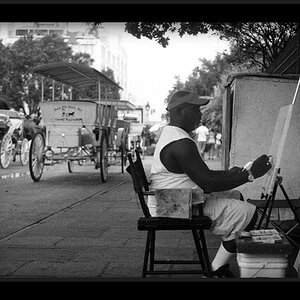
![[No title]](/data/xfmg/thumbnail/39/39532-073f9eb14e26e2b99cc29112b92a2ab6.jpg?1619739072)
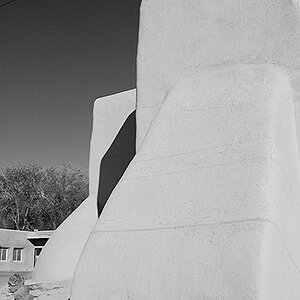
![[No title]](/data/xfmg/thumbnail/42/42021-ffc326f5dc5b4c65ce53935e6e9e4338.jpg?1619739980)
![[No title]](/data/xfmg/thumbnail/42/42022-b164b48fbcd31e32040c4983ecb8983a.jpg?1619739981)
![[No title]](/data/xfmg/thumbnail/30/30883-04222f7ae234efdf80dff6f96ddad16f.jpg?1619734495)
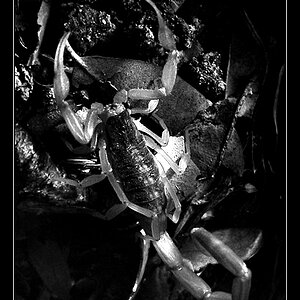
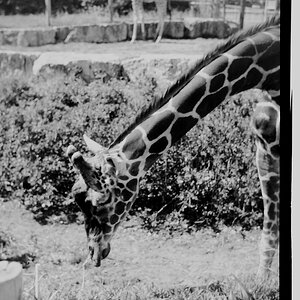

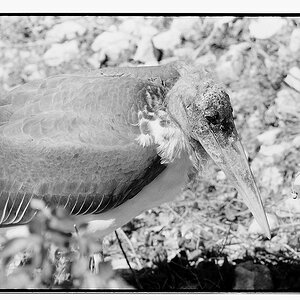
![[No title]](/data/xfmg/thumbnail/42/42019-e6f4e7422d2f8ec66dade714c8b21766.jpg?1619739979)
